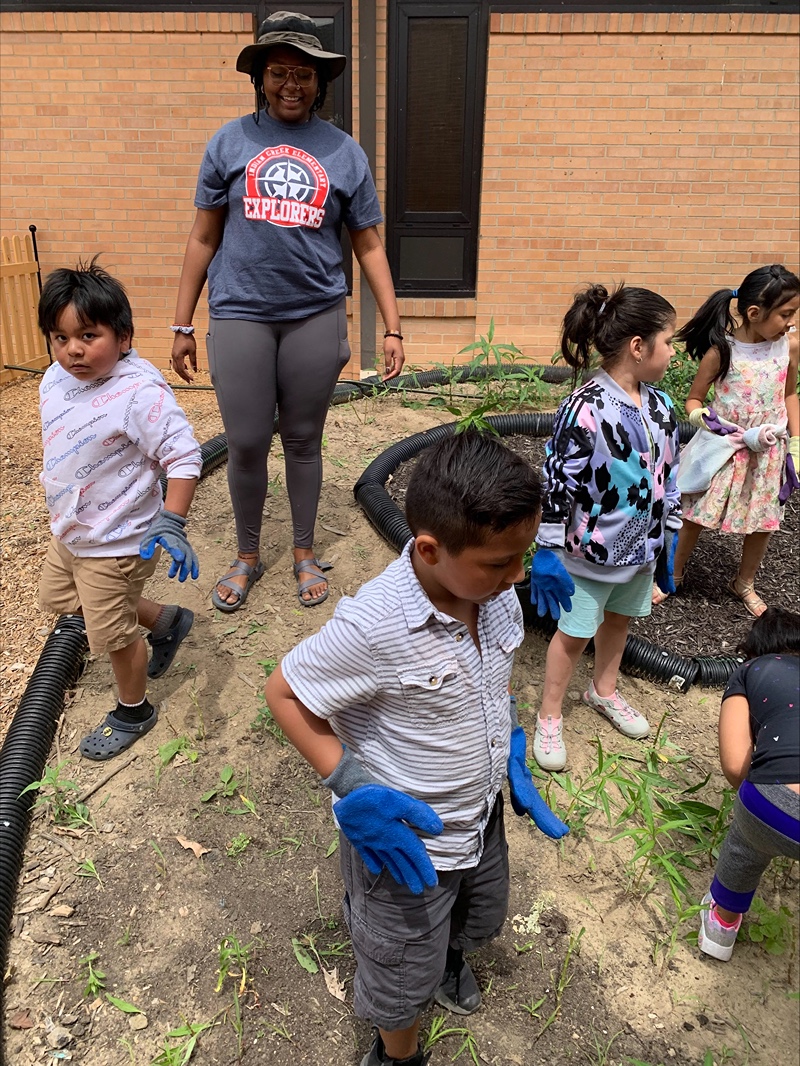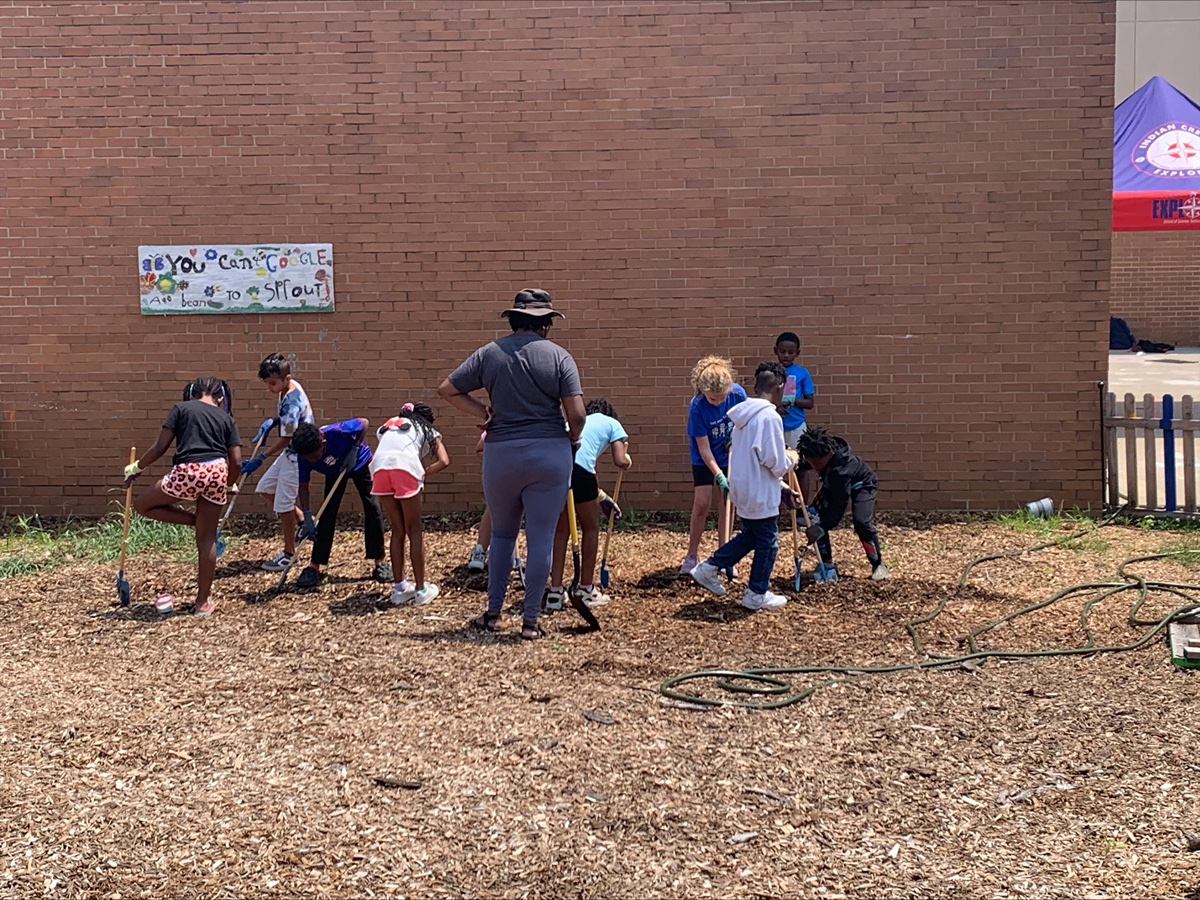Botany student is taking plant science back to her hometown
Indiana is well known for its corn and soybean fields, but many students miss out on learning about those plants and the science behind our food system. Morgan Murff didn’t have any experience with botany until late in her high school career, where she was fortunate to find a mentor in her high school teacher Ann Marie Milligan, who is a Purdue alumna from the horticulture department.
“It was my senior year of high school, and it was the first time I had heard anything about plant science,” Murff, now a junior majoring in plant science and minoring in fermentation science, recalled. “I think the thing that really got me was the day we did spinach epidermal peels under the microscope. I saw stomata for the first time, and I’ve been hooked ever since.”
Milligan now works for the Indiana Department of Education, and she’s passed the torch of spreading the plant science gospel to former students like Murff. Murff has been helping design lesson plans that incorporate horticulture and botany into science classes at Lawrence North and Lawrence Central High Schools in Indianapolis. She’s working with high school teachers to teach them labs that she loves, including spinach epidermal peels and others she’s learned as a botany student and teaching assistant at Purdue.
Murff said she started this outreach because: “I want to make sure that the opportunity is provided for all students to explore botany, plant science and agriculture, and also to give them some confidence. One of the reasons I love outreach is because I get to see that same excitement that I had, even in people who don't necessarily want to be botanists. It's just exciting and cool to look at what plants look like on the inside, and I think that it brings a lot of joy to people's hearts.”
Murff is also working with LaMonica Henson’s gardening club at Indian Creek Elementary School this summer. While the students work in their school garden, Murff explains what they’re seeing. They weed the raised beds and compare the root sizes of different plants. Murff then teaches them about root anatomy and where their food comes from.
The next step in Murff’s outreach is to write grants. She’s looking for funding to buy microscopes, lab coats and supplies for lab activities and the school gardens. Murff knows how much that will build confidence.
“I remember the first time I put on my lab coat,” Murff said. “Game changer. Giving those experiences to people, exposing them to what it feels like to put on a lab coat and do an experiment, I think will open so many minds and give students confidence. The township that I'm working in right now is majority city kids and minority kids. I think exposing agriculture as an option to them is really important.”
Murff has already seen the impact of her teaching. In teaching BTNY 110 at Purdue, she was excited to see students catch her contagious curiosity, fall in love with microscopes, and sometimes switch their majors to something that includes plants. Murff is starting to see some of that change already in her younger students just this summer. She wants to be a professor of botany in the future, but outreach will always be a part of her life.
 These three third graders are proud to show off the tall amaranth they found and pulled out of the garden
These three third graders are proud to show off the tall amaranth they found and pulled out of the garden  Morgan Murff shows her students how the cherry tomatoes they love actually hold seeds that they can plant to grow more tomatoes
Morgan Murff shows her students how the cherry tomatoes they love actually hold seeds that they can plant to grow more tomatoes  This student accomplished the incredible feat of pulling this giant lamb’s quarters weed from the raised beds
This student accomplished the incredible feat of pulling this giant lamb’s quarters weed from the raised beds
 Morgan Murff supervises students preparing for gardening in their school courtyard
Morgan Murff supervises students preparing for gardening in their school courtyard “A lot of people don’t know where their food comes from. They don't understand that plants are at the base of everything that we put in our mouths. Learning botany gives you a deeper respect for nature, and I also think it opens people's eyes to plants that they see everyday. People really don't notice plants and what they do for us. I think it's really important that people know because it creates more informed citizens and voters. It creates people who are better stewards of their environment.”
- Morgan Murff






